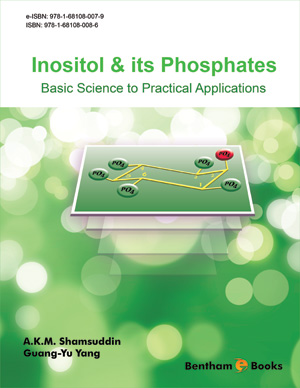Abstract
Sickle cell disease (SCD) is a hereditary blood disorder due to a mutation in the hemoglobin gene, and characterized by abnormal hemoglobin S (HbS). Under hypoxic conditions, HbS polymerizes, inducing distortion of RBCs into rigid sickleshaped cells; in particular, homozygous SCD patients (SS) may experience painful episodes and complications due to vaso-occlusion (VOC) during their lifetime. There is no cure, but symptomatic management to improve anemia and lower the complications through blood transfusions is currently the most accepted therapy for those patients. Chronic red blood cell (RBC) exchanges or transfusion are effective in preventing the recurrence of VOC. While simple blood transfusions are important therapy for SCD, the goal of efficient transfusion is to increase the oxygen delivery and to prevent the sickling. It has been demonstrated that InsP6-loaded red blood cells (InsP6-RBCs) reduce the risks of sickling of sickle RBCs (SS RBCs) exposed to hypoxia.
Keywords: InsP6, InsP6-loaded red blood cells, malaria, oxy-hemoglobin dissociation curve, sickle cell anemia.






















